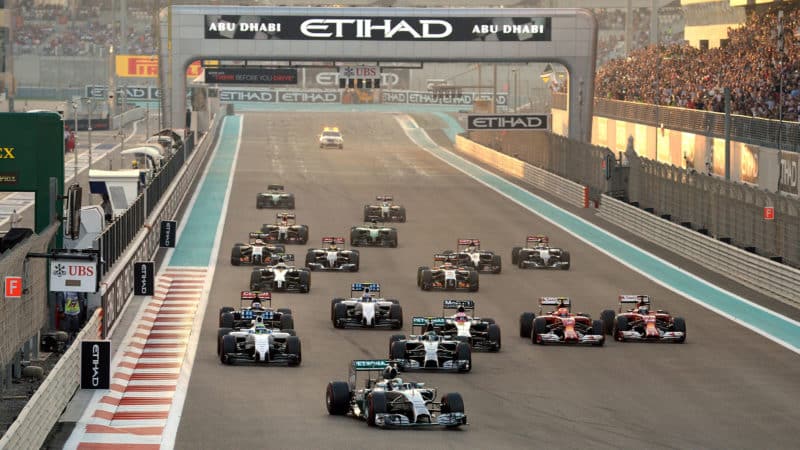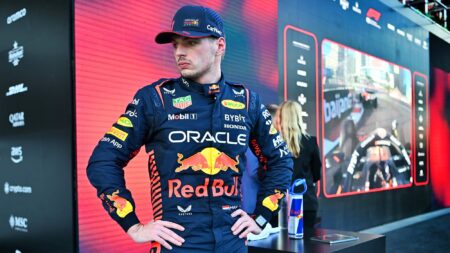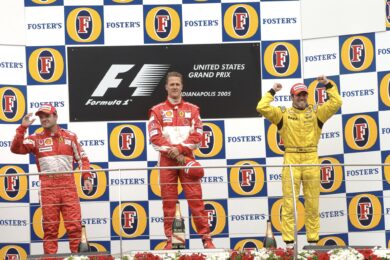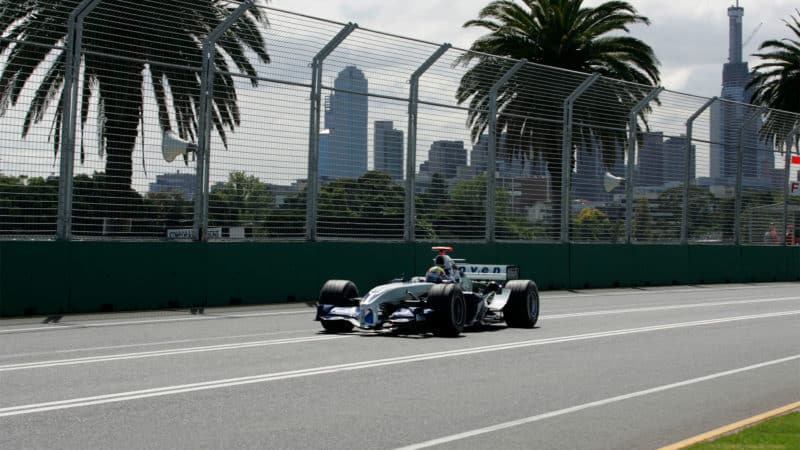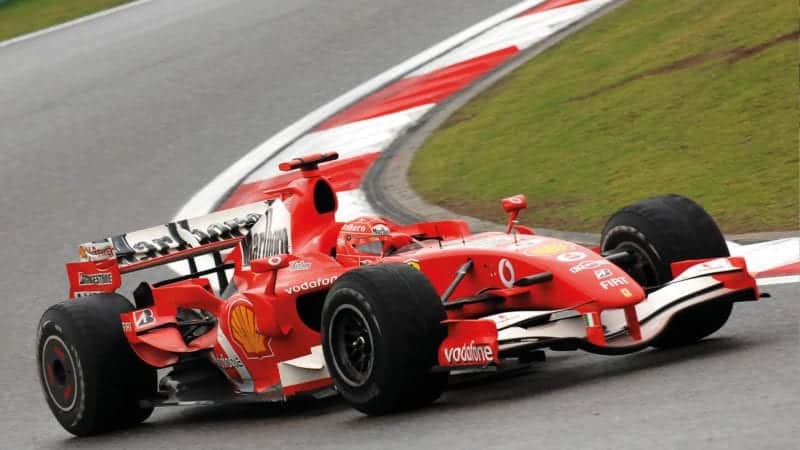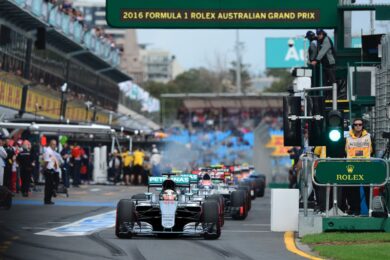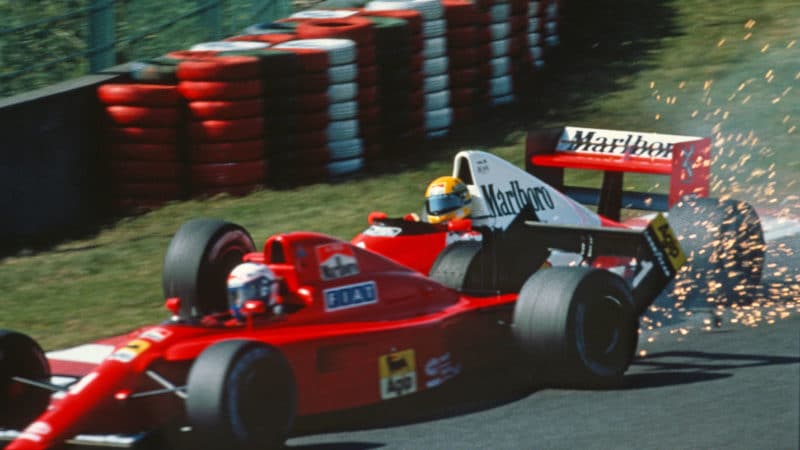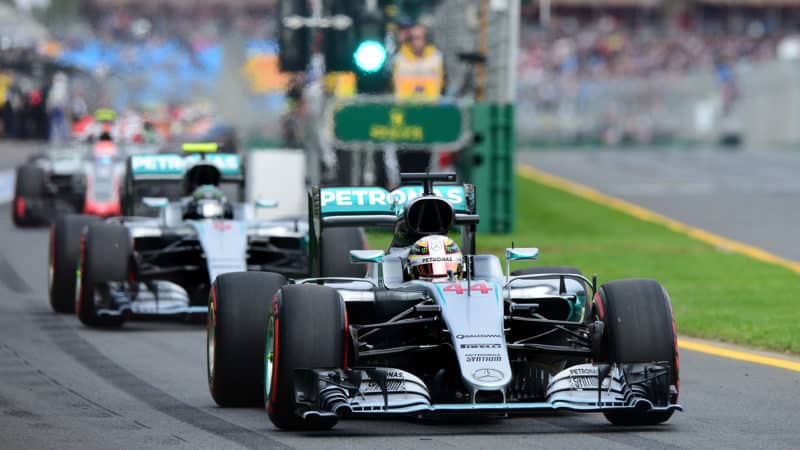The Briton had been locked in a season-long battle with Mercedes team-mate Nico Rosberg but emerged the victor more often than not, securing ten race victories and a comfortable 17-point lead heading into the final race. Under the standard scoring system, Hamilton would have to finish no lower than sixth in order to be crowned champion but the double points reward meant he now had to finish at least third to guarantee the title.
The FIA described the bumper points payout as a way to “maximise focus on the championship until the end of the campaign” — by reducing the likelihood of the title being decided before the finale — but it made the final standing more of a lottery.
This was in a season that was Hamilton’s finest: he stood on the podium in every race that he finished and was, in the eyes of many, the rightful champion. Controversy was avoided when he won the race, earning the biggest single weekend points haul in F1 history (50), whilst Rosberg struggled with a technical fault that and finished 14th.
Perhaps thankfully, the system had little effect on either championship and was dropped immediately after the 2014 season.
2005: tyre changes banned
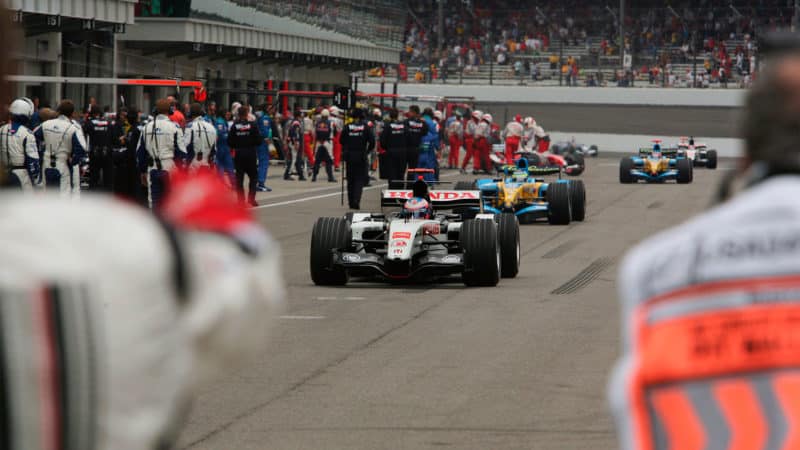
The ban on tyre changes meant only six cars could race at the 2005 US Grand Prix
Grand Prix Photos
Ferrari’s dominance in the hands of Michael Schumacher forced F1 to try and make some radical changes in 2005, which only ended in confusion and chaos.
The team’s close partnership with Bridgestone — involving 15,500 miles of tyre development testing each year — had delivered rubber that was quicker but less durable than the Michelin alternatives used by the likes of McLaren, Williams and Toyota. The pace advantage meant that its limited lifespan was rarely a problem.

